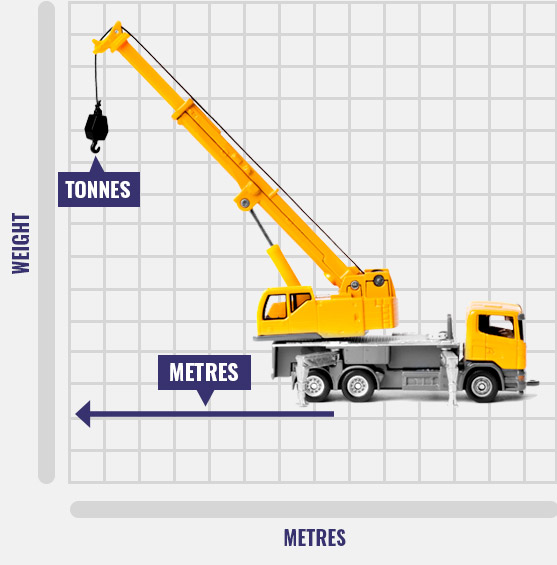
 If the actual information at the lifting site does not tally with the lifting plan, you should stop the operation until the plan has been updated and re-approved. You should never deviate or vary from the approved lifting plan. Sketch of the lifting zone (showing position of lifting equipment, crew and load) and. Requirements to erect or dismantle lifting equipment (if any). Lifting crew (including their roles and competencies). Your lifting plan should include, but not limited to, the following elements: CRITICAL LIFT PLAN: For use of this form, see EM 385-1-1, Section 16. load capacity chart, range diagram, rigging method)įor complex lifts, additional engineering design efforts are necessary to ensure that the lifting operation is conducted safely. A 'critical lift' is defined as any non- routine crane lift requiring detailed planning and additional or unusual safety precauti ons. In the case of Critical Crane Lifts (CCL), if authorized, may have to be analyzed by a competent, certified and professional engineer. Safe work procedure or method statement A Crane Lift Plan (CLP) is needed for every crane lift on a (Company). Lifting plan supported by a risk assessment (RA) For example, a lifting plan would ensure that the crane is safely deployed and operated, and the lifting crew are clear about their roles and responsibilities. For example, a lifting plan would ensure that the crane is safely deployed and operated, and the lifting crew are clear about their roles and responsibilities.īefore you start any lifting operation, you must prepare the following:
If the actual information at the lifting site does not tally with the lifting plan, you should stop the operation until the plan has been updated and re-approved. You should never deviate or vary from the approved lifting plan. Sketch of the lifting zone (showing position of lifting equipment, crew and load) and. Requirements to erect or dismantle lifting equipment (if any). Lifting crew (including their roles and competencies). Your lifting plan should include, but not limited to, the following elements: CRITICAL LIFT PLAN: For use of this form, see EM 385-1-1, Section 16. load capacity chart, range diagram, rigging method)įor complex lifts, additional engineering design efforts are necessary to ensure that the lifting operation is conducted safely. A 'critical lift' is defined as any non- routine crane lift requiring detailed planning and additional or unusual safety precauti ons. In the case of Critical Crane Lifts (CCL), if authorized, may have to be analyzed by a competent, certified and professional engineer. Safe work procedure or method statement A Crane Lift Plan (CLP) is needed for every crane lift on a (Company). Lifting plan supported by a risk assessment (RA) For example, a lifting plan would ensure that the crane is safely deployed and operated, and the lifting crew are clear about their roles and responsibilities. For example, a lifting plan would ensure that the crane is safely deployed and operated, and the lifting crew are clear about their roles and responsibilities.īefore you start any lifting operation, you must prepare the following: 
Action Crane can provide lift planning along with crane selection for your project. If you are looking to hire a crane you may need a Lift Plan to ensure full compliance with health and safety legislation. A lifting plan provides a systematic approach towards planning a lift and ensures that the lifting operation is properly managed. The right plan for your lift is critical.






 0 kommentar(er)
0 kommentar(er)
